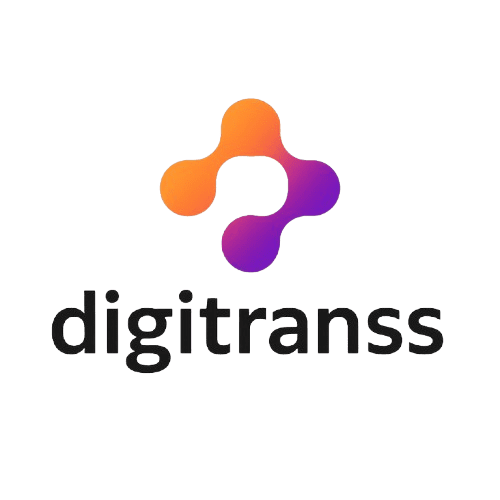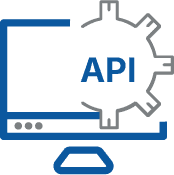Evolution of Reporting and Analytics
Reporting has transformed from simply presenting numbers to providing actionable narratives. In the early stages, contact centers focused on quantitative metrics like call volume and resolution times. Today, the true potential of data is revealed through a combination of quantitative and qualitative insights that tell the full story. By moving beyond the numbers and focusing on the customer journey, inefficiencies and key pain points can be identified and addressed.
Modern analytics provide a 360-degree view, helping contact centers answer deeper questions, like how operational metrics impact customer satisfaction or where breakdowns occur in communication. This shift in analytics from mere aggregation to rich interpretation drives better decision-making, unlocking new opportunities for growth and improvement.
Real-Time Analytics: Instant Insights for Quicker Decision-Making
Real-time analytics provide the ability to react instantly to current conditions in your contact center. Dashboards offer immediate insights into key performance indicators (KPIs), including wait times, abandoned calls, and customer sentiment. This allows managers and agents alike to make fast, data-driven decisions that can improve performance on the spot.
Real-time data enables proactive staffing, priority handling of high-value customers, and on-the-fly adjustments during peak periods. By optimizing in the moment, contact centers can deliver superior customer service and ensure smoother operations.
Customer Journey Mapping: Understanding and Optimizing Every Touchpoint
Customer journey mapping is essential for gaining insight into every interaction across multiple channels—from web and mobile to call centers and social media. By mapping each stage of the customer lifecycle, contact centers can identify pain points, optimize processes, and create more seamless experiences.
Granular metrics like click-through rates and customer satisfaction scores reveal opportunities for improvement. For example, addressing high cart abandonment rates or improving low customer satisfaction scores in call centers leads to stronger engagement and loyalty.
Predictive Analytics: Foreseeing Trends and Proactively Meeting Challenges
Predictive analytics helps contact centers anticipate challenges by analyzing historical and current data to forecast trends. By predicting call volumes, customer churn, and resolution times, contact centers can improve staffing, optimize workflows, and deliver more personalized customer engagements.
With predictive insights, agents can be better prepared, and businesses can prevent issues before they escalate, leading to reduced costs, increased customer satisfaction, and higher efficiency.
Sentiment Analysis: Gaining Insights into Customer Emotions
Sentiment analysis helps contact centers understand customer emotions in real time by applying natural language processing and machine learning. This allows agents to adapt their approach and improve interactions as they happen, turning potential dissatisfaction into delight.
Over time, sentiment analysis reveals patterns and recurring issues that help contact centers target areas for improvement. By understanding emotional drivers, service quality can be systematically enhanced to meet customer needs.
Customizable Dashboards: Tailoring Visuals for Stakeholder Needs
Customizable dashboards provide a flexible way to visualize data tailored to the needs of different stakeholders. Whether it’s tracking call handling times, monitoring sales conversions, or reviewing service levels, dashboards present key metrics in an easy-to-digest format.
Executives, managers, and front-line agents all benefit from intuitive, data-driven visuals that help them focus on what matters most. These dashboards also unify data from different sources, ensuring consistency in performance monitoring and decision-making across teams.
Multichannel Reporting: Unifying Data from Diverse Communication Channels
Multichannel reporting consolidates customer interactions across voice, email, social media, and live chat, offering a unified view of performance across every touchpoint. This allows contact centers to identify trends and inefficiencies across platforms, ensuring consistent service quality.
By tracking KPIs across communication channels, contact centers can optimize resources, improve workflows, and enhance customer experiences. Multichannel reports empower organizations to make informed decisions that lead to better outcomes.
API Integration: Connecting Third-Party Applications for Cohesive Operations
API integration enables seamless connectivity between your contact center software and other essential business applications like CRM, workforce management, and payment systems. This ensures smooth data sharing across platforms, allowing agents to access the information they need to personalize customer interactions.





















